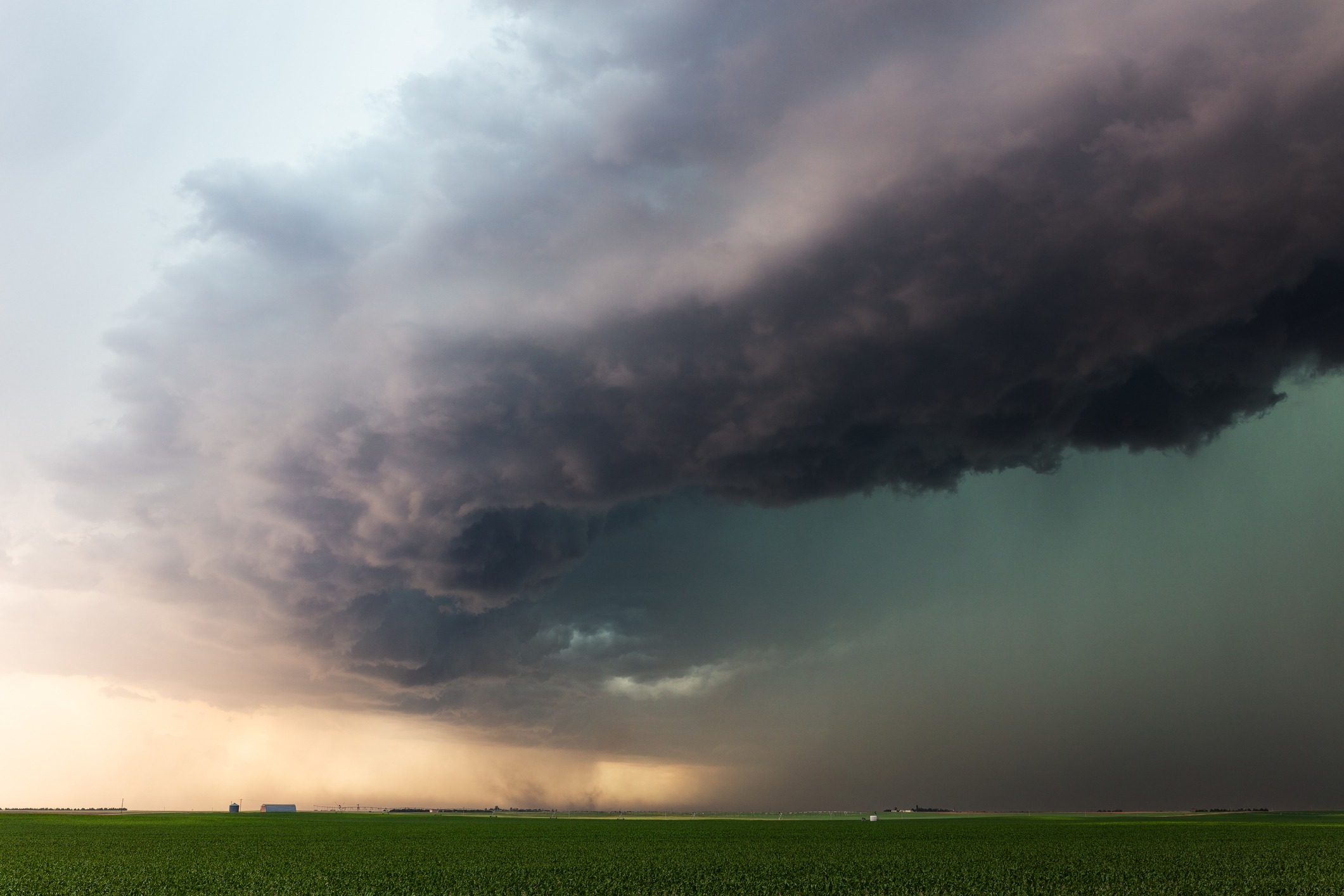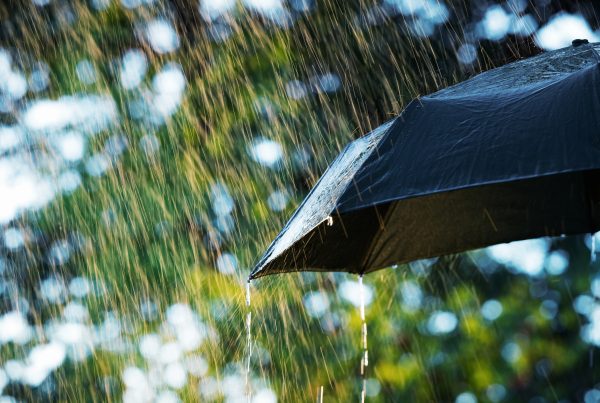Following devastating weather events across the country in recent years, the U.S. Department of Agriculture (USDA) and Farm Service Agency (FSA) have announced the rollout of the Supplemental Disaster Relief Program (SDRP) to help offset losses experienced by agricultural producers in 2023 and 2024. This program was authorized under the American Relief Act, 2025, and is aimed at assisting producers who suffered revenue, quality, or production losses to crops, trees, bushes, or vines due to qualifying natural disasters.
Who Is Eligible?
Eligibility is focused on primary policyholders who carried crop insurance and received an indemnity for a 2023 or 2024 loss. Producers meeting this criteria will receive a letter directly from the FSA containing a pre-filled application (FSA-526). This application will include details such as eligible crops, locations, and the units for which the producer may qualify. It will also estimate the payment amount based on USDA’s formula for calculating losses.
How Does the Program Work?
The SDRP is being administered in two stages. Eligible producers can receive payments in both stages and for either or both crop years, depending on the extent of their losses. The estimated SDRP payment is determined using the following formula:
(Expected Value × SDRP Factor – Actual Value) × Share − Indemnity Amount + Producer Premium + Administrative Fees
To receive payment, producers must confirm their crop share information, identify the disaster event that led to the loss, and agree to purchase crop insurance for the next two crop years. Applications that include Whole Farm Revenue Protection or Micro-Farm policies will also require certification of revenue percentages from specialty or high-value crops, with documentation to support this certification at the time of application.
Applications can be returned via multiple methods, including in person, by mail, email, fax, or other options announced by FSA.
Exclusions to Be Aware Of
Some insurance plans and endorsements are excluded from the SDRP, including:
-
Enhanced Coverage Option (ECO)
-
Margin Protection Plan (MPP)
-
Rainfall Index for Pasture, Rangeland, and Forage intended for grazing
-
Supplemental Coverage Option (SCO)
These exclusions are standard across the SDRP and cannot be appealed.
What If Something Looks Off?
If you have concerns or questions about the crop insurance data used to calculate your SDRP estimate, the USDA advises contacting your crop insurance agent. Ensuring that your records were properly reported is key to verifying the accuracy of your SDRP payment.
Additional Resources
For more detailed information and answers to commonly asked questions, the USDA has provided a dedicated FAQ page:
Supplemental Disaster Relief Program (SDRP) FAQ.
If you’ve received your application and are unsure how to proceed, or simply want to verify your records are accurate, please don’t hesitate to reach out. At Compass Insurance, we’re here to help ensure you understand your options and feel confident in your next steps.









